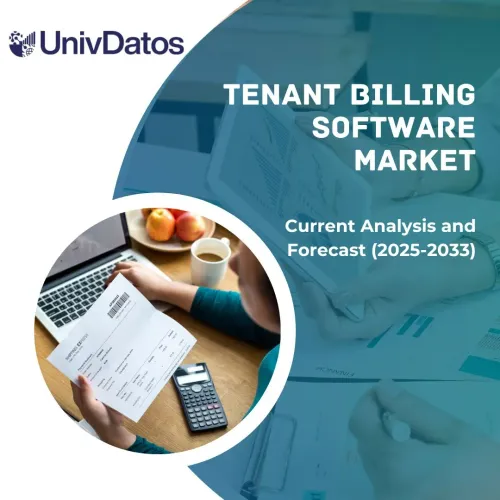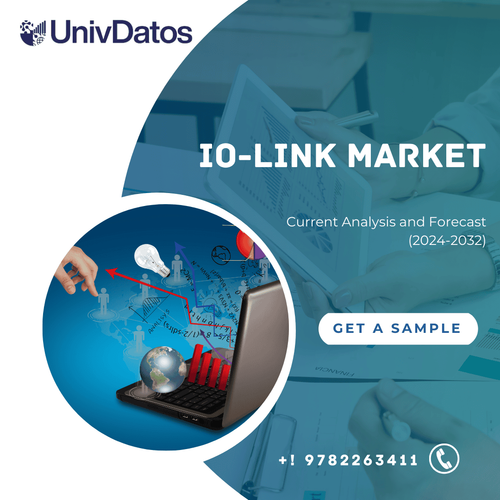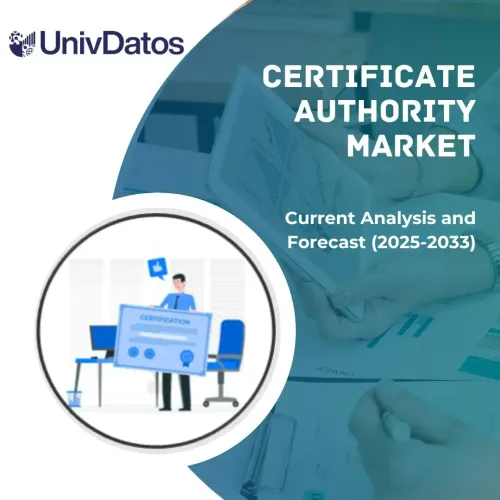- Home
- Chi siamo
- Settore
- Servizi
- Lettura
- Contattaci
Mercato dell'Integrazione dei Dati: Analisi e Previsioni Attuali (2022-2028)
Enfasi sulla Modalità di Implementazione (Cloud e On-Premise); Dimensione Organizzativa (Piccole e Medie Imprese); Utenti Finali (IT & Telecomunicazioni, BFSI, Sanità, Governo e Settore Pubblico, Produzione e Altri) Regione/Paese.
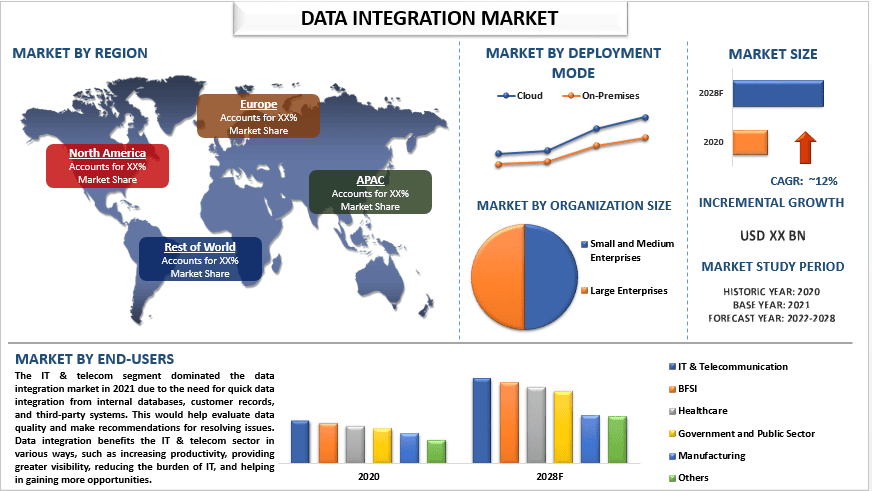
L'integrazione dei dati è il processo di combinazione dei dati provenienti da diverse fonti e di renderli disponibili per l'uso in modo unificato. Ciò può comportare una varietà di attività, come la pulizia dei dati, la trasformazione dei dati e gli strumenti di integrazione dei dati. L'obiettivo dell'integrazione dei dati è fornire una visione singola e completa dei dati utile per il processo decisionale e l'analisi. L'integrazione dei dati viene utilizzata in un'ampia gamma di settori, tra cui sanità, finanza e vendita al dettaglio.
Si prevede che il mercato dell'integrazione dei dati cresca a un forte CAGR di circa il 12% durante il periodo di previsione, a causa della crescente consapevolezza tra i clienti, della proliferazione dell'IoT nelle economie emergenti e dell'aumento dei redditi disponibili e dell'urbanizzazione.Il mercato dell'integrazione dei dati ha registrato una rapida crescita negli ultimi anni, poiché sempre più aziende cercano di spostare le proprie operazioni sul cloud per una maggiore efficienza, risparmio sui costi e scalabilità. Si prevede che questa tendenza continuerà man mano che la tecnologia cloud diventerà più avanzata e i vantaggi dell'integrazione dei dati diventeranno più ampiamente riconosciuti, il che si tradurrà nella crescita del mercato dell'integrazione dei dati.
Alcuni dei principali attori che operano nel mercato includono Informatica Inc., IBM, Microsoft, SAP, Oracle, Talend, SAS Institute Inc., TIBCO Software Inc., Denodo Technologies e QlikTech International AB. Diverse fusioni e acquisizioni insieme a partnership sono state intraprese da questi attori per facilitare i clienti con prodotti/tecnologie hi-tech e innovative.
Approfondimenti Presentati nel Rapporto
“Tra le modalità di implementazione, il segmento on-premise ha detenuto una quota dominante del mercato nel 2021”
In base alla modalità di implementazione, il mercato è segmentato in cloud e on-premise. Il segmento on-premise ha dominato il mercato dell'integrazione dei dati nel 2021 grazie alle sue capacità di integrare i dati da varie fonti on-premise, inclusi strumenti di replica dei dati e sistemi di dati unificati. Tuttavia, il segmento cloud dovrebbe crescere in modo significativo nei prossimi anni, poiché le piattaforme cloud mirano a creare archivi dati unificati a cui è possibile accedere da tutte le applicazioni e gli utenti. L'integrazione dei dati cloud prevede la connessione di vari sistemi e applicazioni per lo scambio di dati in tempo reale e la trasformazione, il consolidamento e la pulizia dei dati per fornire agli utenti una singola visualizzazione di tutte le interazioni. Ad esempio, Denodo Technologies ha lanciato la sua soluzione di integrazione dei dati cloud chiamata Denodo Standard nel marzo 2021. Denodo Standard è una piattaforma di integrazione dei dati basata su cloud che consente alle organizzazioni di connettere e integrare facilmente i dati da varie fonti e sistemi, inclusi database, applicazioni e servizi cloud cloud e on-premise. Fornisce una visione unificata di tutti i dati all'interno dell'organizzazione, consentendo alle aziende di prendere decisioni informate più rapidamente.
“Tra le dimensioni organizzative, il segmento delle grandi imprese ha detenuto una quota dominante del mercato nel 2021”
Sulla base delle dimensioni organizzative, il mercato è segmentato in piccole e medie imprese e grandi imprese. Il segmento delle grandi imprese ha dominato il mercato dell'integrazione dei dati nel 2021 a causa dell'elevato tasso di adozione del software di integrazione dei dati tra le grandi imprese per soddisfare nuove esigenze, ridimensionare la propria infrastruttura e mantenere il supporto per i propri prodotti e servizi. L'integrazione dei dati avvantaggia le grandi imprese in vari modi, come l'aumento della produttività, una maggiore visibilità, la riduzione dell'onere dell'IT e l'aiuto per ottenere maggiori opportunità. Il lancio di framework di governance integrati da parte di aziende come Torry Harris Business Solutions è una testimonianza dell'importanza dell'integrazione dei dati nelle grandi imprese e della necessità di una governance efficace per garantire un'integrazione e una manutenzione senza interruzioni del supporto per i servizi.
“Il Nord America ha dominato il mercato dell'integrazione dei dati nel 2021.”
Il Nord America ha dominato il mercato dell'integrazione dei dati nel 2021, rappresentando oltre il 39% della quota dei ricavi globali. Ciò è dovuto principalmente all'elevata adozione di strategie digitali e alla presenza di paesi sviluppati come il Canada e gli Stati Uniti che guidano la crescita del mercato. La regione si sta muovendo verso tecnologie aggiornate e innovative, e questo si riflette nella crescente adozione di soluzioni di integrazione dei dati. I crescenti progressi tecnologici nel settore sono fattori essenziali che promuovono l'espansione del mercato in Nord America e il crescente numero di aziende di integrazione dei dati a livello globale aiuterà il mercato in espansione.
Copertura del Rapporto sul Mercato dell'Integrazione dei Dati
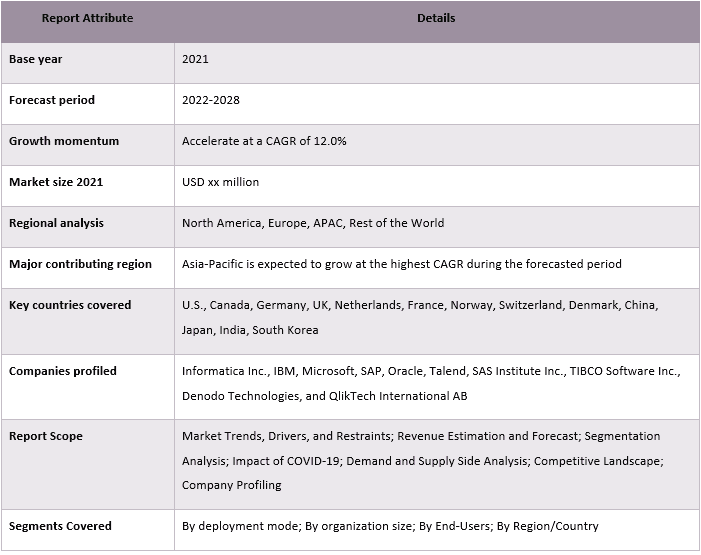
Motivi per acquistare questo rapporto:
- Lo studio include analisi delle dimensioni del mercato e delle previsioni convalidate da esperti chiave del settore autenticati.
- Il rapporto presenta una rapida panoramica delle prestazioni complessive del settore a colpo d'occhio.
- Il rapporto copre un'analisi approfondita dei principali peer del settore con un focus primario sui principali dati finanziari aziendali, portfolio di prodotti, strategie di espansione e sviluppi recenti.
- Esame dettagliato di driver, vincoli, tendenze chiave e opportunità prevalenti nel settore.
- Lo studio copre in modo completo il mercato in diversi segmenti.
- Analisi approfondita a livello regionale del settore.
Opzioni di personalizzazione:
Il mercato globale dell'integrazione dei dati può essere ulteriormente personalizzato in base alle esigenze o a qualsiasi altro segmento di mercato. Inoltre, UMI capisce che potresti avere le tue esigenze aziendali, quindi non esitare a metterti in contatto con noi per ottenere un rapporto che soddisfi completamente le tue esigenze.
Indice
Metodologia di Ricerca per l'Analisi del Mercato dell'Integrazione dei Dati (2022-2028)
L'analisi del mercato storico, la stima del mercato attuale e la previsione del mercato futuro del mercato globale dell'integrazione dei dati sono stati i tre passaggi principali intrapresi per creare e analizzare l'adozione dell'integrazione dei dati nelle principali regioni a livello globale. È stata condotta un'esauriente ricerca secondaria per raccogliere i numeri storici del mercato e stimare le dimensioni attuali del mercato. In secondo luogo, per convalidare questi approfondimenti, sono state prese in considerazione numerose scoperte e ipotesi. Inoltre, sono state condotte esaurienti interviste primarie con esperti del settore in tutta la catena del valore del mercato globale dell'integrazione dei dati. Dopo l'assunzione e la convalida dei numeri di mercato tramite interviste primarie, abbiamo impiegato un approccio top-down/bottom-up per prevedere le dimensioni complete del mercato. Successivamente, sono stati adottati metodi di ripartizione del mercato e triangolazione dei dati per stimare e analizzare le dimensioni del mercato dei segmenti e dei sottosegmenti del settore di riferimento. La metodologia dettagliata è spiegata di seguito:
Analisi delle Dimensioni Storiche del Mercato
Fase 1: Studio Approfondito delle Fonti Secondarie:
È stato condotto uno studio secondario dettagliato per ottenere le dimensioni storiche del mercato del mercato dell'integrazione dei dati tramite fonti interne all'azienda comerapporti annuali e dichiarazioni finanziarie, presentazioni delle prestazioni, comunicati stampa, ecc.e fonti esterne tra cuiriviste, notizie e articoli, pubblicazioni governative, pubblicazioni dei concorrenti, rapporti di settore, database di terze parti e altre pubblicazioni credibili.
Fase 2: Segmentazione del Mercato:
Dopo aver ottenuto le dimensioni storiche del mercato del mercato dell'integrazione dei dati, abbiamo condotto un'analisi secondaria dettagliata per raccogliere approfondimenti e quote di mercato storiche per diversi segmenti e sottosegmenti per le principali regioni. I principali segmenti sono inclusi nel rapporto come modalità di implementazione, dimensione organizzativa e utenti finali. Ulteriori analisi a livello di paese sono state condotte per valutare l'adozione complessiva dei modelli di test in quella regione.
Fase 3: Analisi dei Fattori:
Dopo aver acquisito le dimensioni storiche del mercato di diversi segmenti e sottosegmenti, abbiamo condotto un'analisi dettagliataanalisi dei fattoriper stimare le dimensioni attuali del mercato del mercato dell'integrazione dei dati. Inoltre, abbiamo condotto l'analisi dei fattori utilizzando variabili dipendenti e indipendenti come la modalità di implementazione, le dimensioni organizzative e gli utenti finali del mercato dell'integrazione dei dati. È stata condotta un'analisi approfondita per gli scenari lato domanda e lato offerta considerando le principali partnership, fusioni e acquisizioni, l'espansione del business e i lanci di prodotti nel settore del mercato dell'integrazione dei dati in tutto il mondo.
Stima e Previsione delle Dimensioni del Mercato Attuali
Dimensionamento del Mercato Attuale:Sulla base di approfondimenti attuabili dai 3 passaggi precedenti, siamo giunti alle dimensioni attuali del mercato, ai principali attori nel mercato globale dell'integrazione dei dati e alle quote di mercato dei segmenti. Tutte le quote percentuali divise richieste e le ripartizioni del mercato sono state determinate utilizzando l'approccio secondario sopra menzionato e sono state verificate tramite interviste primarie.
Stima e Previsione:Per la stima e la previsione del mercato, sono stati assegnati pesi a diversi fattori, inclusi driver e tendenze, vincoli e opportunità disponibili per gli stakeholder. Dopo aver analizzato questi fattori, sono state applicate tecniche di previsione pertinenti, ovvero l'approccio top-down/bottom-up, per arrivare alla previsione di mercato per il 2028 per diversi segmenti e sottosegmenti nei principali mercati a livello globale. La metodologia di ricerca adottata per stimare le dimensioni del mercato comprende:
- Le dimensioni del mercato del settore, in termini di ricavi (USD) e il tasso di adozione del mercato dell'integrazione dei dati nei principali mercati a livello nazionale
- Tutte le quote percentuali, le suddivisioni e le ripartizioni dei segmenti e dei sottosegmenti di mercato
- I principali attori nel mercato globale dell'integrazione dei dati in termini di prodotti offerti. Inoltre, le strategie di crescita adottate da questi attori per competere nel mercato in rapida crescita
Validazione delle dimensioni e della quota di mercato
Ricerca primaria:Sono stati condotti colloqui approfonditi con i Key Opinion Leader (KOL) tra cui Dirigenti di alto livello (CXO/VP, Responsabile vendite, Responsabile marketing, Responsabile operativo, Responsabile regionale, Responsabile nazionale, ecc.) in tutte le principali regioni. I risultati della ricerca primaria sono stati quindi riassunti e sono state eseguite analisi statistiche per dimostrare l'ipotesi dichiarata. Gli input della ricerca primaria sono stati consolidati con i risultati secondari, trasformando così le informazioni in approfondimenti utili.
Suddivisione dei partecipanti primari in diverse regioni
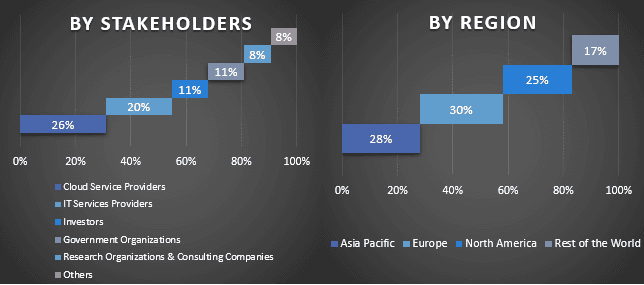
Ingegneria di mercato
La tecnica di triangolazione dei dati è stata impiegata per completare la stima complessiva del mercato e per arrivare a numeri statistici precisi per ogni segmento e sottosegmento del mercato globale dell'integrazione dei dati. I dati sono stati suddivisi in diversi segmenti e sottosegmenti dopo aver studiato vari parametri e tendenze nelle aree della modalità di implementazione, delle dimensioni dell'organizzazione e degli utenti finali nel mercato globale dell'integrazione dei dati.
L'obiettivo principale dello studio sul mercato globale dell'integrazione dei dati
Le attuali e future tendenze del mercato globale dell'integrazione dei dati sono state individuate nello studio. Gli investitori possono ottenere informazioni strategiche per basare la loro discrezionalità sugli investimenti sull'analisi qualitativa e quantitativa eseguita nello studio. Le attuali e future tendenze del mercato hanno determinato l'attrattiva complessiva del mercato a livello regionale, fornendo una piattaforma per i partecipanti industriali per sfruttare il mercato non sfruttato per beneficiare di un vantaggio del first-mover. Altri obiettivi quantitativi degli studi includono:
- Analizzare le dimensioni attuali e previste del mercato dell'integrazione dei dati in termini di valore (USD). Inoltre, analizzare le dimensioni attuali e previste del mercato di diversi segmenti e sottosegmenti
- I segmenti nello studio includono aree della modalità di implementazione, delle dimensioni dell'organizzazione e degli utenti finali
- Definizione e analisi del quadro normativo per l'integrazione dei dati
- Analisi della catena del valore coinvolta con la presenza di vari intermediari, insieme all'analisi dei comportamenti dei clienti e dei concorrenti del settore
- Analizzare le dimensioni attuali e previste del mercato dell'integrazione dei dati per le principali regioni.
- I principali paesi delle regioni studiate nel rapporto includono Asia Pacifico, Europa, Nord America e Resto del mondo
- Profili aziendali del mercato dell'integrazione dei dati e le strategie di crescita adottate dagli attori del mercato per sostenere il mercato in rapida crescita
- Analisi approfondita a livello regionale del settore
Correlati Report
I clienti che hanno acquistato questo articolo hanno acquistato anche


